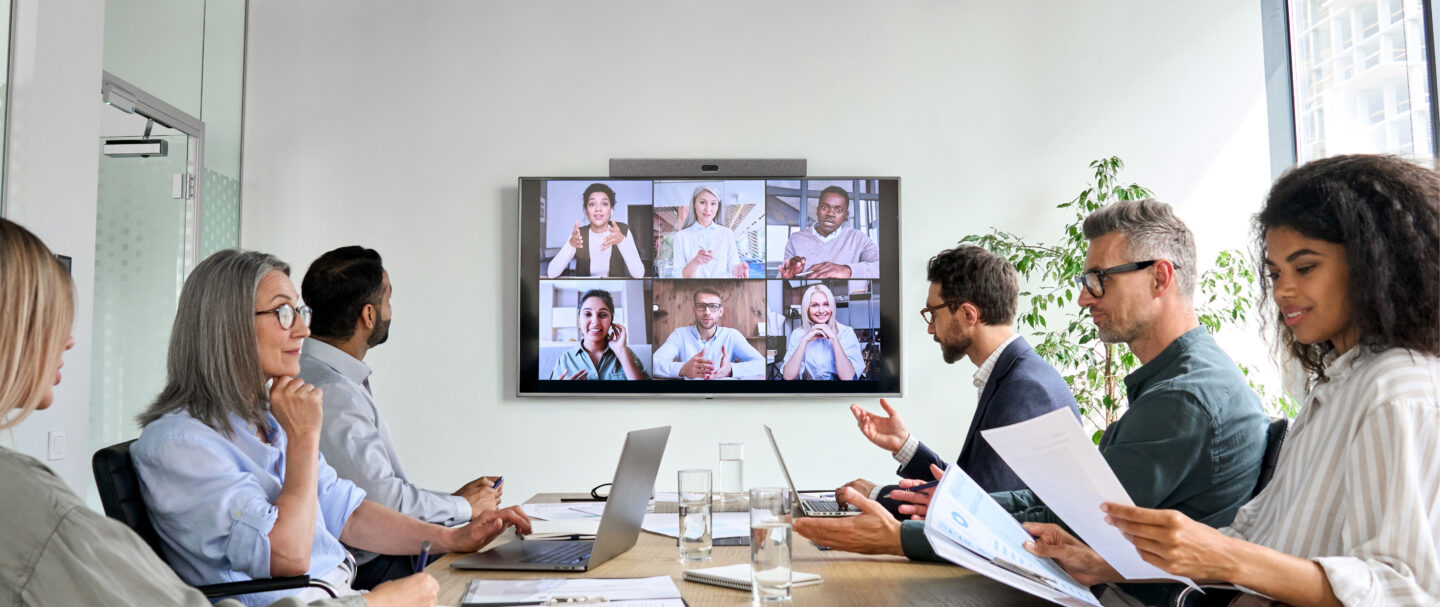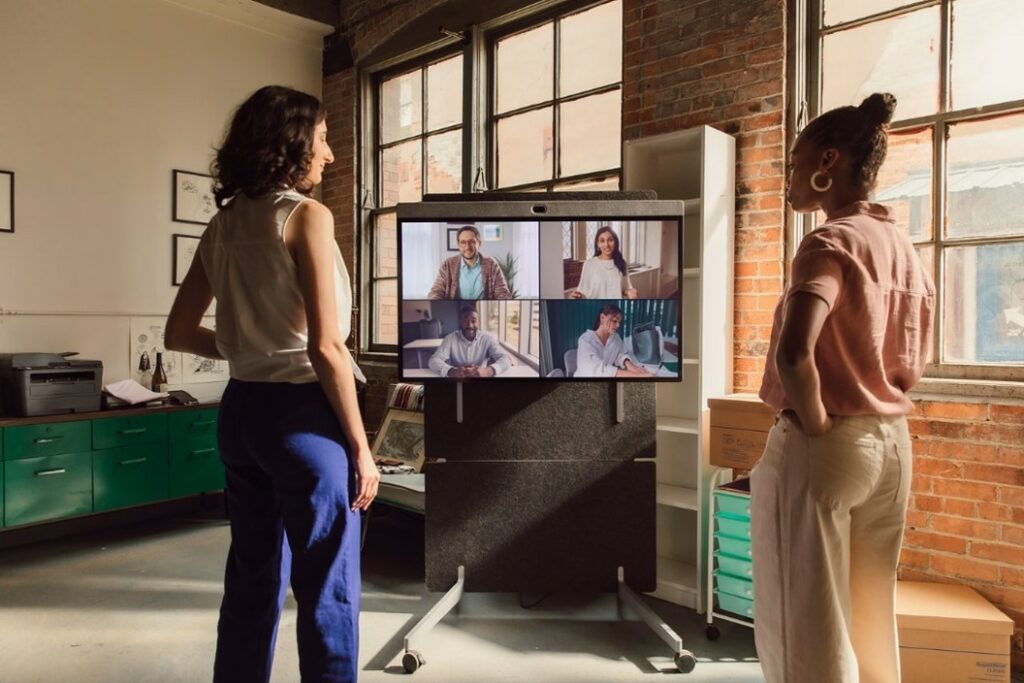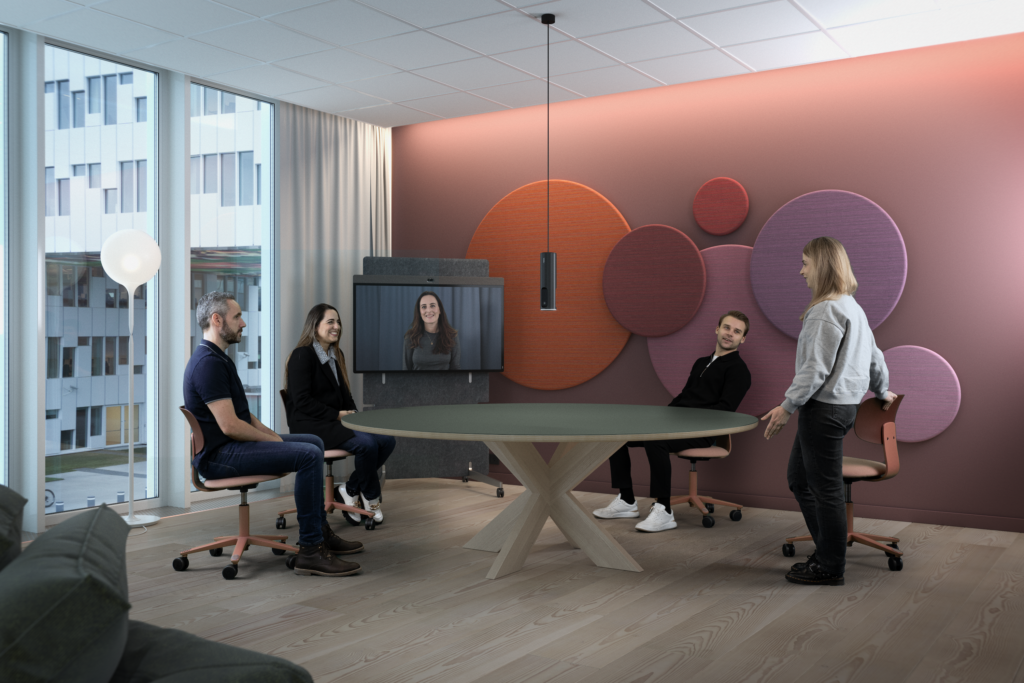
Meeting equity in 2024: Overcoming challenges through videoconferencing innovation

New technology has become a defining factor in creating modern workspaces that are visually appealing and conducive to productivity, collaboration and employee well-being. Neat, leader in meeting technology, has been at the forefront of this transformation, leveraging AI-infused meeting experiences to revolutionise the modern workplace.
Tech Wire Asia spoke to Niko Walraven, Neat’s Area Vice President for APAC, about the impact videoconferencing has had on the region and Neat’s plan to take things one step further.
TWA: What do APAC businesses typically look to achieve with meeting technology?
NW: “It’s a different playing field in different countries –Japan is very different from Australia, which again is very different from India. Each country has its own unique properties and unique ways of conducting meetings.
“Going back, let’s say, five or ten years, during video meetings, users would ask things like ‘Hello, can you hear me?’, ‘Can you see me?’. But, when Microsoft came out with Teams and Zoom came out with Zoom Rooms, everything became much easier. Then COVID happened, and that changed the dynamic from simply meetings to collaboration. The question, besides, ‘Can you hear and see me?’, then became ‘Can you see my content?’, and people started to work together on the shared documents. Now, as Microsoft Teams and Zoom have matured, we got that sorted as well.

Source: Neat
“Today, the question is about meeting equity. Say I have a team of people around me in the same room, and we’re all discussing things with each other. How do we make sure that the remote attendees over video don’t feel like they are separated from the discussion? We’re trying to solve this with technology as much as we can. Body language and facial expression can be more important than our voices. Neat focuses on technology that brings out the full spectrum of how we as humans communicate and work together. No matter the customer and what they want to achieve with their meeting technology, simplicity and the ability to communicate naturally are key.”
TWA: [How is remote or hybrid work impacting the use of video conferencing technology in APAC? What are the main reasons businesses are adopting conferencing solutions?]
NW: “In Asia, a lot of organisations we work with have brought their staff back in the office at least four or five days a week, and the whole COVID discussion is gone. Therefore, talent is very concentrated in the main cities, so the technology is primarily used for communicating with subsidiaries or external contacts.
“In places like Australia, the situation is similar to the US and the UK with a hybrid model, combining work from home or in the office. There, the technology is really being used to connect people from different locations. For example, great talent could be based in Perth or Cairns, so how do you bring all these people into your organisation so that everybody can perform and feel part of a team? Technology helps to solve that problem.
“From a global perspective, Neat itself is a great example. We started this company with very talented people in 2019 and have grown with a mostly remote workforce. Bringing the development team in Oslo and the sales and marketing teams in Europe, USA and APAC together can only be done over video.“
TWA: [AI is a major consideration for businesses around the world. What do you see as the impact on AI in collaboration for businesses in APAC?]
NW: “There is so much going on in artificial intelligence (AI) at this point, which is why it is amazing to get in this now, compared to last year. We are getting so close to where AI simplifies technology even more and brings people much closer together.
“Products are evolving pretty fast, and AI makes them evolve even faster. For instance, in the Neat Center, which will be out soon, there is a lot of AI trying to understand simple things. For example, in a multiple-screen videoconferencing solution – the remote attendee is visible on one screen, their content on another screen and the in-person attendees could be on another screen.

Source: Neat
“The Neat center has three cameras that take a 360 view from the table in the middle of the room. It shoots people from the front regardless of whether they look at each other across the table or face the screen in front of the room. The strength of Neat is to make this as simple as possible. AI built into Neat Center identifies the people in the room and shows them just once on the screen. Every screen or room layout is different. We feed a lot of room configurations to the AI to learn and understand who should be shown and who should not in the meeting.
“Another example is with framing things properly. I can walk around, sit down and stand up, all while staying clearly in the camera frame. It also ensures that the colleagues next to me are also in the frame and visible in the same way as me, so we get equity.”
TWA: How do you see the role of AI in shaping the future of workspaces in the APAC market?
NW: “The discussion around AI is very focused on handling repetitive tasks so that employees can focus on creative solutions, complex problem-solving, and be more impactful with their work.
“The way that applies to videoconferencing is taking the complexity away so you can communicate and collaborate freely without having to think too much about the technology itself. That is the hardware perspective. Our focus at Neat is thinking about how you incorporate artificial intelligence into the hardware itself. You always have the base layer of the hardware that helps the software become smarter; they go hand in hand.
“On top of this, Microsoft and Zoom have a big role to play in how we incorporate AI in our devices. We work very closely with these two really large providers to make a Zoom meeting or Teams meeting on a Neat device better and smarter, which sets us apart.”
To find out how Neat devices can enable hybrid work for all types of workspaces in your offices, take a virtual tour of ‘The Modern Office’ today or visit the website.
READ MORE
- 3 Steps to Successfully Automate Copilot for Microsoft 365 Implementation
- Trustworthy AI – the Promise of Enterprise-Friendly Generative Machine Learning with Dell and NVIDIA
- Strategies for Democratizing GenAI
- The criticality of endpoint management in cybersecurity and operations
- Ethical AI: The renewed importance of safeguarding data and customer privacy in Generative AI applications
